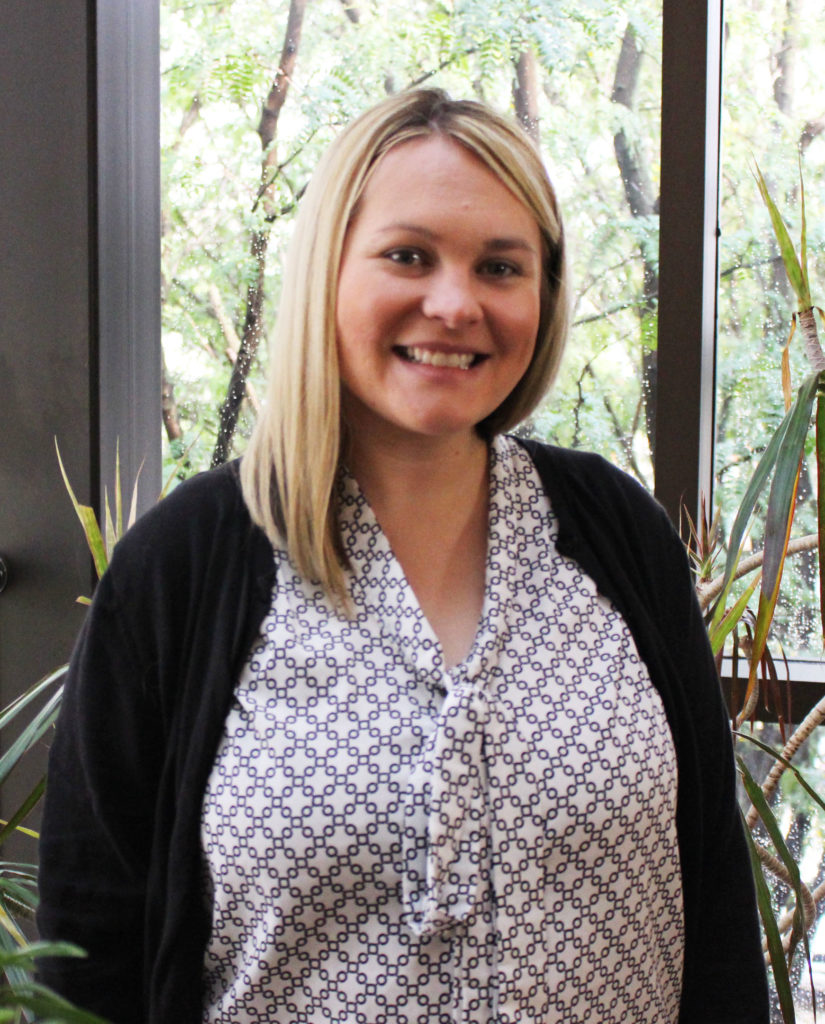By Rachel Bruns, America’s Service Commissions deputy director
Note: The author recognizes that not all birthing people identify as women, and nor do all midwives identify as women. When possible, “people” is used to be more inclusive for those birthing people who do not identify as women. “Women” is used in some places to recognize the woman-centered focus of the Fearless publication.

If someone told you there was a cost-effective and evidence-based solution to Iowa’s rising maternal mortality and morbidity rate, would you want to see it implemented? That solution is the midwifery model of care. A recent study by Lancet Global Health estimates that even a modest increase in midwife-led care globally could avert a fifth of maternal and neonatal deaths and 14% of stillbirths globally by 2035.
Unfortunately Iowa is in a minority of states that continue to hinder the ability for midwives to practice, ranking 42nd on midwifery integration, which research suggests is a key determinant of optimal maternal-newborn outcomes.
If you are not familiar with the general state of maternal health, here are some quick stats:
- Iowa’s maternal mortality rate has continued to climb and the U.S. maternal mortality is higher than comparable countries.
- Access to maternal health care options in Iowa has continued to decline, with 35 hospitals closing labor and delivery units since 2000.
- Iowa is facing a shortage of physicians who practice obstetrics and ranks 50th for access to OB-GYNs per capita.
- A Black person in Iowa is six times more likely to die from a pregnancy-related cause than a white person. In the U.S. overall, Black people are three to four times more likely to experience a pregnancy-related death than a white person.
- The cesarean rate for a first-time, “low-risk” pregnant Black person in Iowa is 32%, compared to 23% for a white person. The ideal cesarean rate for a given population is between 10% and 20%.
While some may view these as solely health care issues that primarily affect women, they are also career and small business issues primarily impacting women. People who want to enter and stay in the obstetrics field as midwives face both a state regulatory environment and hospital environment that make it harder to practice compared to most other states. Keeping people (almost exclusively women) from effectively practicing midwifery decreases the quality of maternal health care options available to Iowans.
Some of the solutions to maternal health issues in Iowa are to increase the number of family physicians practicing in rural communities with certification in OB-GYN services and improve the quality of care at the existing hospitals with labor and delivery units. Promising steps have begun on both fronts with a new rural initiative from Broadlawns and the launch of the new Iowa Maternal Quality Care Collaborative safety bundles. I fully support and applaud these initiatives, but to improve both maternal and newborn outcomes, Iowa must also create an environment that is supportive of midwives and out-of-hospital births.
Iowans have been advocating for more than 40 years to have credentialed midwives, also known as certified professional midwives (CPMs), be licensed and regulated by the state. Unfortunately this effort continues to be hindered by legislators’ unwillingness to listen to constituents and instead succumbing to the pressure of lobbyists representing hospital systems and physician groups that continue to oppose legislation to license midwives similar to what has passed in other states. Currently 36 states provide licensing for CPMs, with Oklahoma and Washington, D.C., being the most recent in 2020. Not licensing midwives keeps people from joining the profession and creates significant barriers to the CPMs currently practicing in our state including challenges with continuity of care for their patients and issues with accessing medications within their scope of practice.
The lobbyists on behalf of hospitals and physicians use scare tactics claiming home birth and CPMs are not safe, claims that are not based in evidence or reality since home birth is happening anyway and CPMs who have significant training are currently practicing in the state. These same false claims are rooted in a racist history that systematically eradicated Black midwives in the United States, which continues to negatively impact maternal health outcomes across the U.S. and in Iowa to this day.
A study in the peer-reviewed Journal of Midwifery & Women’s Health confirms that among low-risk women, planned home births result in low rates of interventions without an increase in adverse outcomes for mothers and babies. Black people may see home birth as safer given the documented racial disparities in Iowa’s hospital-based maternal outcomes. With the COVID-19 pandemic, CPMs are seeing increased demand for their services as the only providers trained in out-of-hospital birth. While there is no risk-free birth setting, as detailed in this 2020 report from the National Academies of Sciences, Engineering, and Medicine, the report states, “Improving maternity care providers’ and birth centers’ ability to access state licensure and accreditation could also improve access to care.”
In addition to challenges with practicing as a CPM, Iowa has also created an unfriendly business environment for midwives who want to operate a stand-alone birth center. We have certified nurse midwives (CNMs) in our state who for several years have been attempting to establish birth centers to expand access to quality and low-cost care, but they have been blocked due to the state’s certificate of need (CON) process by hospitals that view such centers as competition. I know the CON process is not unique to birth centers, but it is uniquely impacting negative maternal health outcomes. The state needs to either make an exception for birth centers, as proposed by legislation last year or remove the CON requirement altogether as proposed this year.
Lastly, there is an opportunity for midwifery care to be expanded in hospital and clinical settings by increasing access to certified nurse midwives and CNM training. Hospitals in Iowa without CNMs could add them to their staff teams, and those with midwives currently could be better utilizing them. With physician shortages, we should direct patients with high-risk pregnancies to physicians and low-risk pregnancies to midwives as Mayo Clinic Health System has started to do. Hospitals should also ensure the physicians providing oversight of midwives are not arbitrarily limiting patients who could otherwise be within the midwives’ scope of practice, which unfortunately is currently happening at all three Des Moines metro hospitals to some degree.
The midwifery model of care will save the state money and improve outcomes, as detailed in this report for state Medicaid agencies and managed care organizations by the Institute for Medicaid Innovation. Improving the climate for midwives to practice is relatively simple, will pave the way for more midwives to enter the field in Iowa and will also improve maternal and infant outcomes. What are we waiting for?
Rachel Manuel Bruns is a maternal-child health advocate and volunteer chapter leader for the International Cesarean Awareness Network (ICAN) of Central Iowa. Professionally, Rachel is deputy director for America’s Service Commissions, which supports national service and volunteering throughout the country. She lives in Des Moines with her partner, two children and two dogs. Rachel can be contacted at rachel.m.bruns@gmail.com.



2 Comments
Kali · February 17, 2021 at 4:16 pm
Thank you for writing this story and bringing more awareness to midwives. I am currently pregnant with my first child and am due in June. In the beginning I didn’t really know the difference between an OBGYN and a midwife, I’d heard of midwives but didn’t really understand how they differed from OBGYNs. When I found out I was pregnant I decided to stick with my current provider and see an OBGYN, since they had seen me in the past and had all my records. My visits with them we ok, I didn’t really know what to expect, I thought I’d get more information from them since this was my first child. I saw the OBGYN in Iowa two times before moving to Indianapolis with my husband, where I decided to switch to a midwife instead of OBGYN. After doing more research on my own and educating myself on the type of labor I wanted to have I thought the midwife was the way to go and have been very happy with my decision so far. For me personally, I feel that the midwives I’ve worked with have taken more time to educate me about my options and the choices I have throughout the pregnancy vs the OBGYN it was kind of just implied I’d follow the normal route they had set out for me. I recently watched the documentary The Business of Being Born, which examines the childbirth system and process in the US. After watching that and again educating myself more on what I want in this labor I am very glad I went with the midwife and encourage others to look into this option and to watch the documentary.
Rachel Bruns · February 18, 2021 at 3:46 am
Thank you for sharing Kali! I think your experience is very similar to others including my own.
Comments are closed.